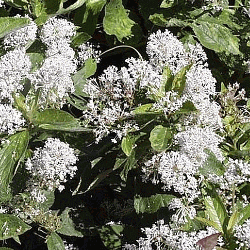new jersey tea plant care
The root root bark and leaf of the plant have been used to make medicine. B helps break open the hard seed coat.
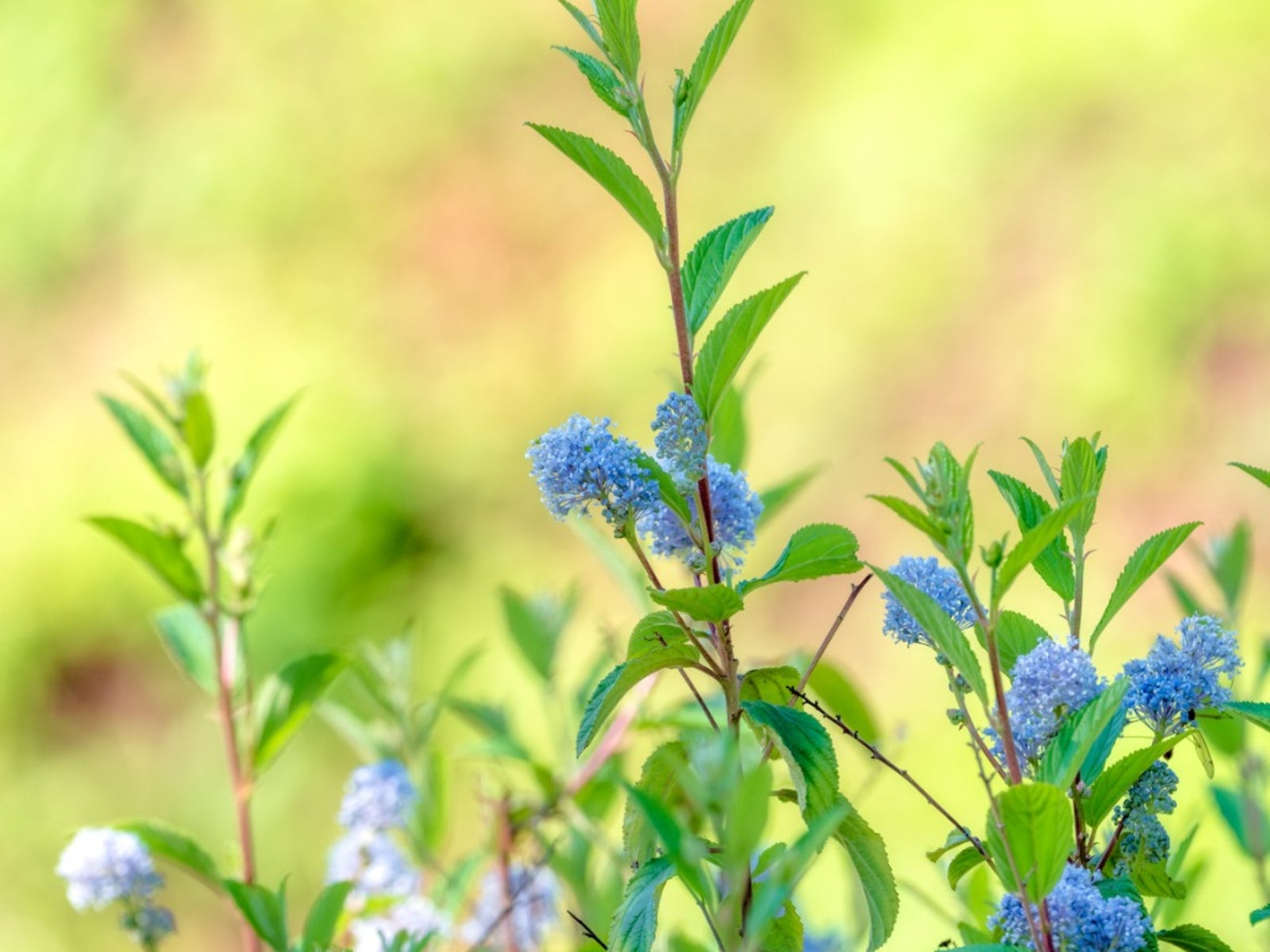
What Is A New Jersey Tea Plant Guide To New Jersey Tea Shrub Care
SO even though the flowers arent redlook for those hummers.
. New Jersey Tea Care Light. New Jersey tea plants will thrive best if located in a spot that boasts full sunlight. New Jersey tea Ceanothus americanus is a plant.
Tea plants need plenty of water. Ceanothus americanus commonly called New Jersey tea is a compact dense rounded shrub which typically grows 2-3 tall less frequently to 4. No serious pest or disease issues.
While the colonists used it for tea the native had. Feed once a year with a slow release fertilizer. The root system consists of astout taproot.
Light Needs of Plant. They wont tolerate standing water so elevate them in raised beds if you need to improve drainage. While thought of as a northern plant New Jersey Tea Ceanothus americanus see-ah-NO-thuss ah-mer-ih-KAY-nus ranges from Quebec down to Central Florida west to Texas and north to Minnesota essentially the eastern half of North America.
The luxuriant glossy leaves and bright white flowers make this durable shrub a real winner. The individual florets are about ¼ wide with 5 petals and a pleasing fragrance. In summer plants are adorned with many white rounded flower panicles.
Was a substitute for tea during the American revolution. MARIE ROSE NEW JERSEY TEA Homeowner Growing Maintenance Tips. Ceanothus americanus New Jersey Tea Many have asked for this plant and now we are so excited to have it available.
New Jersy Tea grows best in well-drained sandy loam or rocky soils in full sun to partial shade. It is also effective as a shrubby ground cover for hard-to-grow areas such as dry rocky slopes and banks. Grows in Special Ecoregions.
Water your New Jersey tea. Small insects that pollinate the flowers are a food source for hummingbirds. New Jersey Tea is attractive to hummingbirds which.
New Jersey Tea requires a well-drained site. Sharply drained soils are important to keep your shrub healthy. New Jersey Tea Ceonothus americanus plant is excellent for attracting hummingbirds.
New Jersey Tea was a name coined during the American Revolution because its leaves were used as a substitute for imported tea. Since Red Root was abundant in New Jersey the name stuck. Plants thrive in sun and average to dry soil.
Best in sandy loams or rocky soils with good drainage. Grow New Jersey Tea in either full sun or partial shade. To give your plant the best start possible we include free fertilizer with every order.
Water Needs of Plant. Doesnt spread much Zones. Pollinators flock to the blooms.
Full Sun Part Shade Moisture. You can easily grow them in well-drained soils in either full sun or part shade. The boiling water treatment Germination Code.
Cylindrical clusters 1-2 long of tiny fragrant white flowers 18 appear on long stalks at the stem ends. Ceanothus americanus is visited by hummingbirds which eat the tiny insects that pollinate the flowers. New Jersey Tea is excellent as a shrub border and a is a fabulous addition for native plant gardens.
Dried caffeine free leaves when boiled a few minutes make a tea similar to Liptons regular. Clusters of small black fruit form in July and August. They need at least four hours of sunlight a day and prefer morning sun and afternoon shade.
New Jersey tea can be grown from seed flowers in third to fourth year or plug material flowers in second to third year. Plant two to three feet apart to create a low-growing drought-tolerant native hedge. When the top 2-4 inches of soil is dry water the plant deeply.
The foliage is serrate and reticulate with the veins marked by shallow grooves. Easy to grow this plant is difficult to transplant once established. The soil can contain loam rocky material or sand.
All Regions in NJ. This low growing drought tolerant shrub has showy white summer flowers. Tea plants need protection from frost when theyre young so its best to bring them into a greenhouse or a porch during the first two winters.
Tolerant of poor soils. Thats because New Jersey tea shrubs are low maintenance plants that tolerate drought and thrive in dry soil shallow soil and rocky soil. Pollinators Hummingbirds Deer Resistant Design Tips New Jersey Tea Ceanothus americanus is a shrub that stays fairly short.
Ceanothus is easy to grow and prefer well drained soil. The deep tap root makes it very drought tolerant once established. New Jersey tea has been.
This may happen naturally with freezethaw cycles but better germination can be expected if hot water treatment is done before fall planting outside or artificial cold-moist stratification in a fridge Germination Code. Billows of delicate white flowers form at the end of young branches in May and June. CultivationThe preference is full or partial sun and average to slightly dryconditions.
However if being grown in. Keep an eye out for leaf spot and powdery mildew. In length brown to darkbrown glossy and ovoid in shape.
Full Sun Partial Shade. For best results plant your New Jersey tea in a soil mixture that is sandy loamy and well-draining. Easily grown in average dry to medium well-drained soils in full sun to part shade.
If you are wondering how to grow a New Jersey tea shrub all you have to do is site the plant appropriately. Each capsulecontains 3 seeds that are 2-3 mm. Propagate by seed cold stratified for one month semi-hardwood cuttings softwood cuttings.
June July Aug Color. In fact New Jersey tea shrub care is minimal. Excellent plant for sunny areas banks and slopes shrub borders or native plant gardens.
Although not attractive to natural enemies in the third year of growth this plant flowered profusely in its fourth year of growth and may be more attractive to beneficial insects as it matures. New Jersey Tea is one of the host plants of the Spring Azure. It is native to Missouri where it occurs in prairies glades dry open woods and thickets throughout the state Steyermark.
With a slow to moderate growth rate the long-lived plants will mature in 2 to 3 years. A low-growing compact shrub thats excellent for hot dry sites. It is drought tolerant once established and tolerates road salt.
Because of its deep root system it is great for use in erosion control on slopes but this also makes it difficult to transplant.
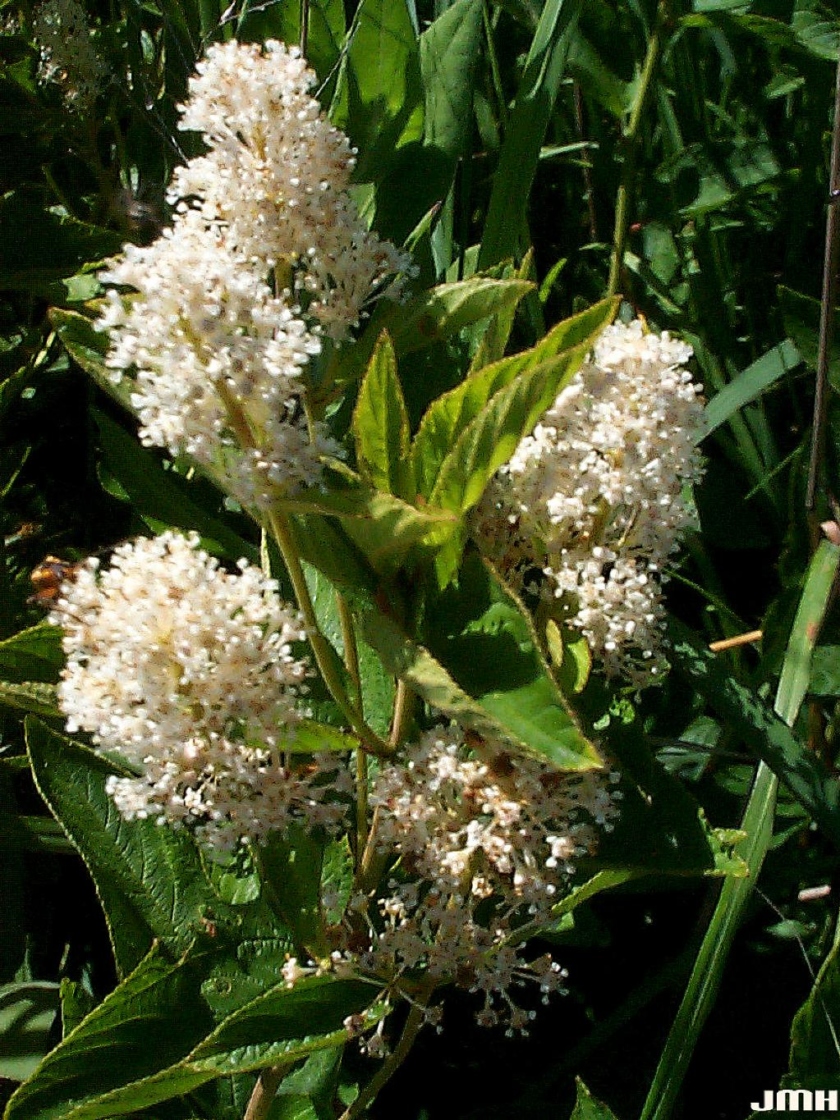
New Jersey Tea The Morton Arboretum

Ceanothus Americanus New Jersey Tea

New Jersey Tea Native Plants Prairie Planting Invasive Plants

New Jersey Tea Native Shrubs Johnson S Nursery Knowledgebase

New Jersey Tea Ceanothus Americanus Great Plains Nursery

New Jersey Tea Native Shrubs Johnson S Nursery Knowledgebase

New Jersey Tea Native Shrubs Johnson S Nursery Knowledgebase

Wildflower Of The Year 2019 New Jersey Tea Ceanothus Americanus Virginia Native Plant Society

New Jersey Tea Native Shrubs Johnson S Nursery Knowledgebase

New Jersey Tea Native Shrubs Johnson S Nursery Knowledgebase
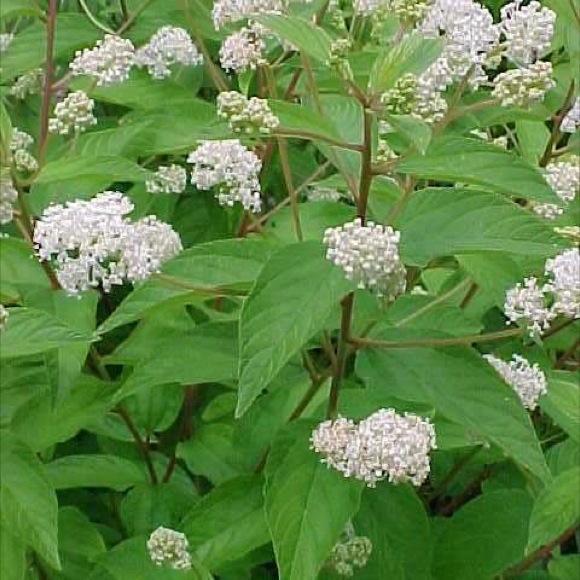
New Jersey Tea Eat The Weeds And Other Things Too
Ceanothus Americanus New Jersey Tea Minnesota Wildflowers
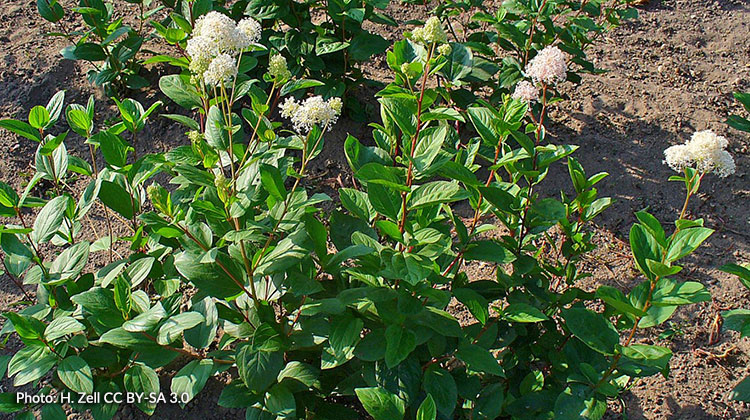
Growing Native New Jersey Tea Ceanothus Americanus Melinda Myers
Ceanothus Americanus New Jersey Tea From New Moon Nurseries
Ceanothus Americanus New Jersey Tea Minnesota Wildflowers
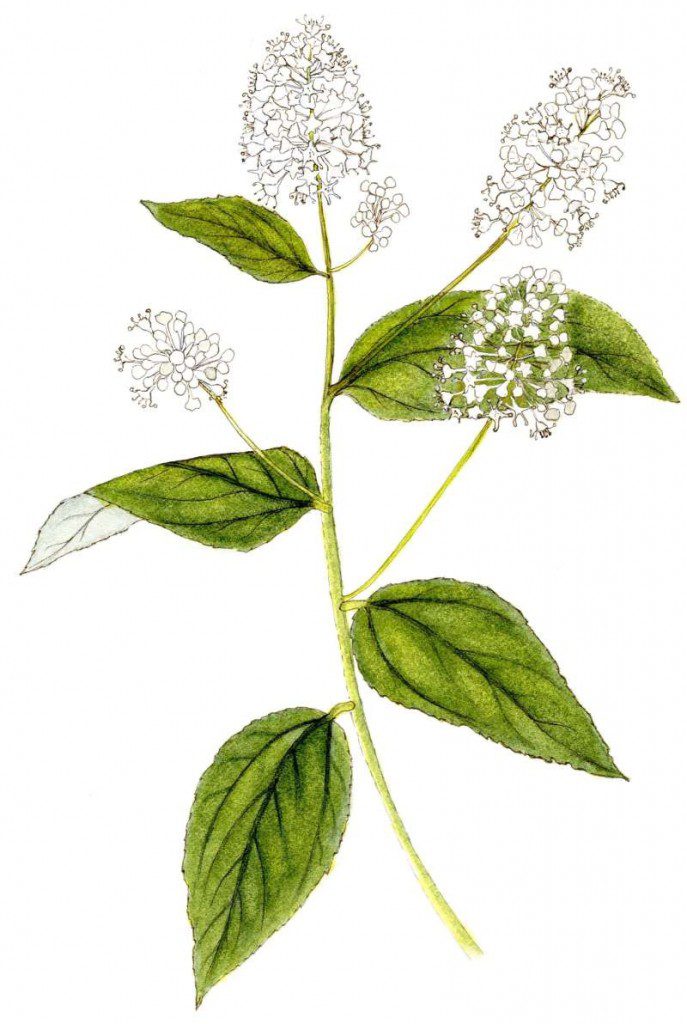
Wildflower Of The Year 2019 New Jersey Tea Ceanothus Americanus Virginia Native Plant Society

Ceanothus Americanus Mountain Snowbell New Jersey Tea North Carolina Extension Gardener Plant Toolbox

